How does mirror protective film perform in high - temperature environments
2025-07-23
High-Temperature Mirror Film Performance Guide
The performance of mirror protective films in high-temperature environments depends heavily on their material composition, adhesive quality, and design. Generally, high-quality films crafted from heat-resistant materials fare well in temperatures ranging from 60°C to 120°C, common in settings such as saunas, kitchens, or direct sunlight.
Adhesive Stability
- Low-grade adhesives may soften or melt in heat, causing peeling or bubbling
- Premium options use heat-cured acrylic or silicone adhesives
- Automotive-grade films typically resist failure up to 80°C
Material Durability
- PET-based films resist warping/shrinking in heat
- Thin PVC films may distort under high temperatures
- Advanced films include heat-dissipating layers to reflect infrared radiation
Extreme Temperature Challenges
- Above 150°C, discoloration (yellowing) may occur
- Rapid temperature fluctuations test film flexibility
- Polyurethane blends better withstand expansion/contraction
Key Summary
While most mirror films handle moderate high temperatures effectively, their performance hinges on heat-resistant materials and adhesives. For specialized environments, select films with explicit temperature ratings (e.g., "heat-resistant up to 100°C") and UV stabilization to ensure long-term reliability without compromising protection or clarity.
You Might Also Like
-
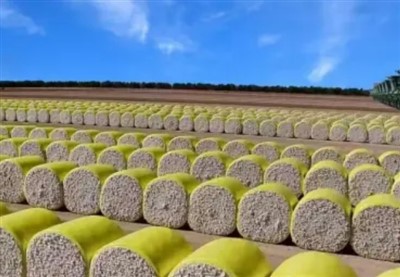
what are the advantages of cotton packaging film
-
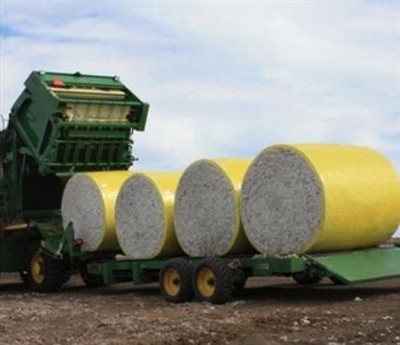
The Advantages of Cotton Wrap Film
-
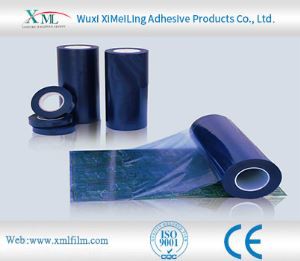
How does pe protective film cope with high temperature environment
-
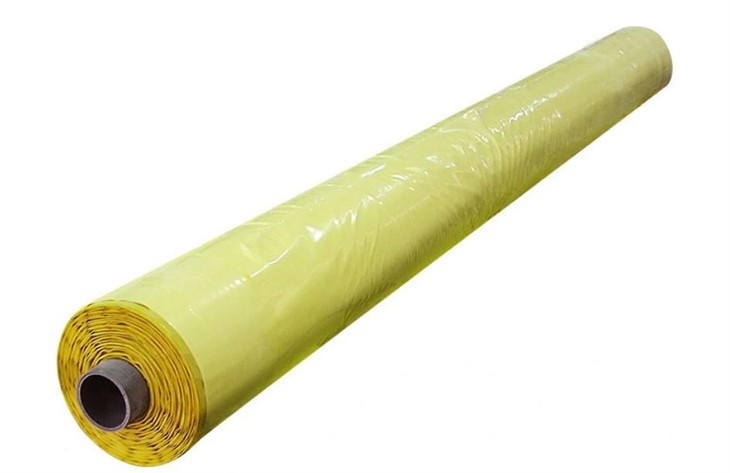
Advantages of Cotton Bale Wrap Film
-
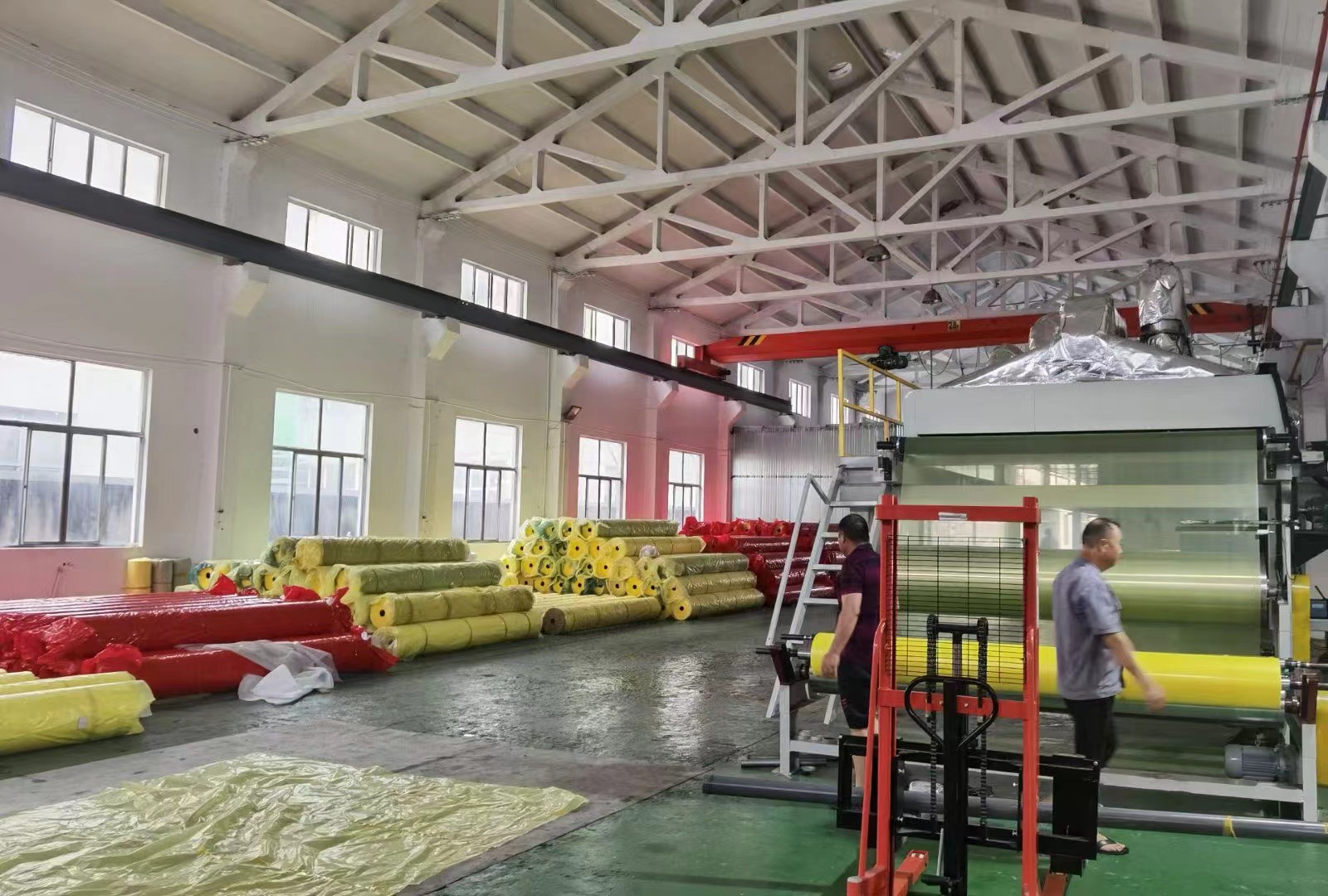
Storage method of cotton bale wrap film
-
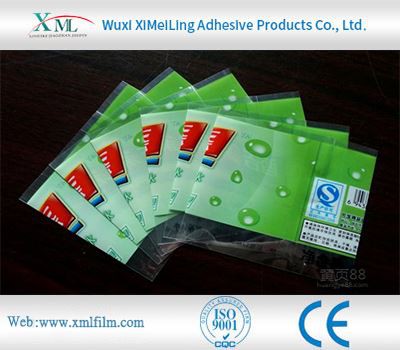
How Polyethylene Packaging Material Copes with High Temperature Environment
